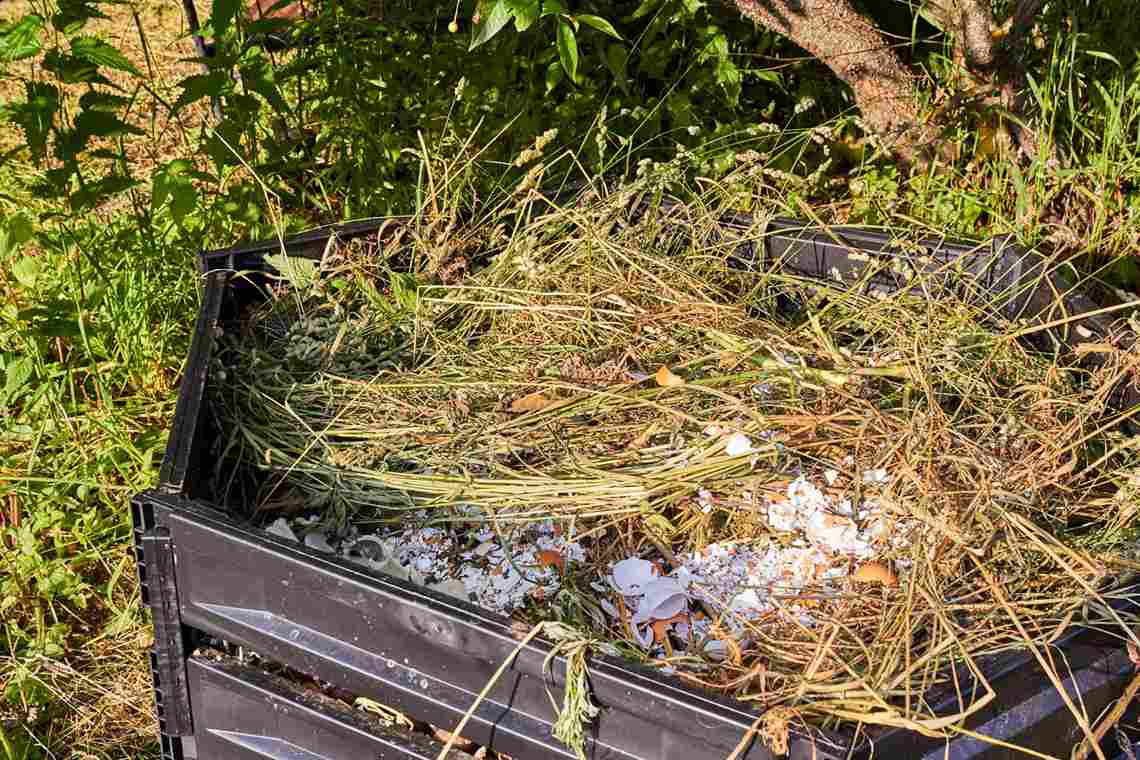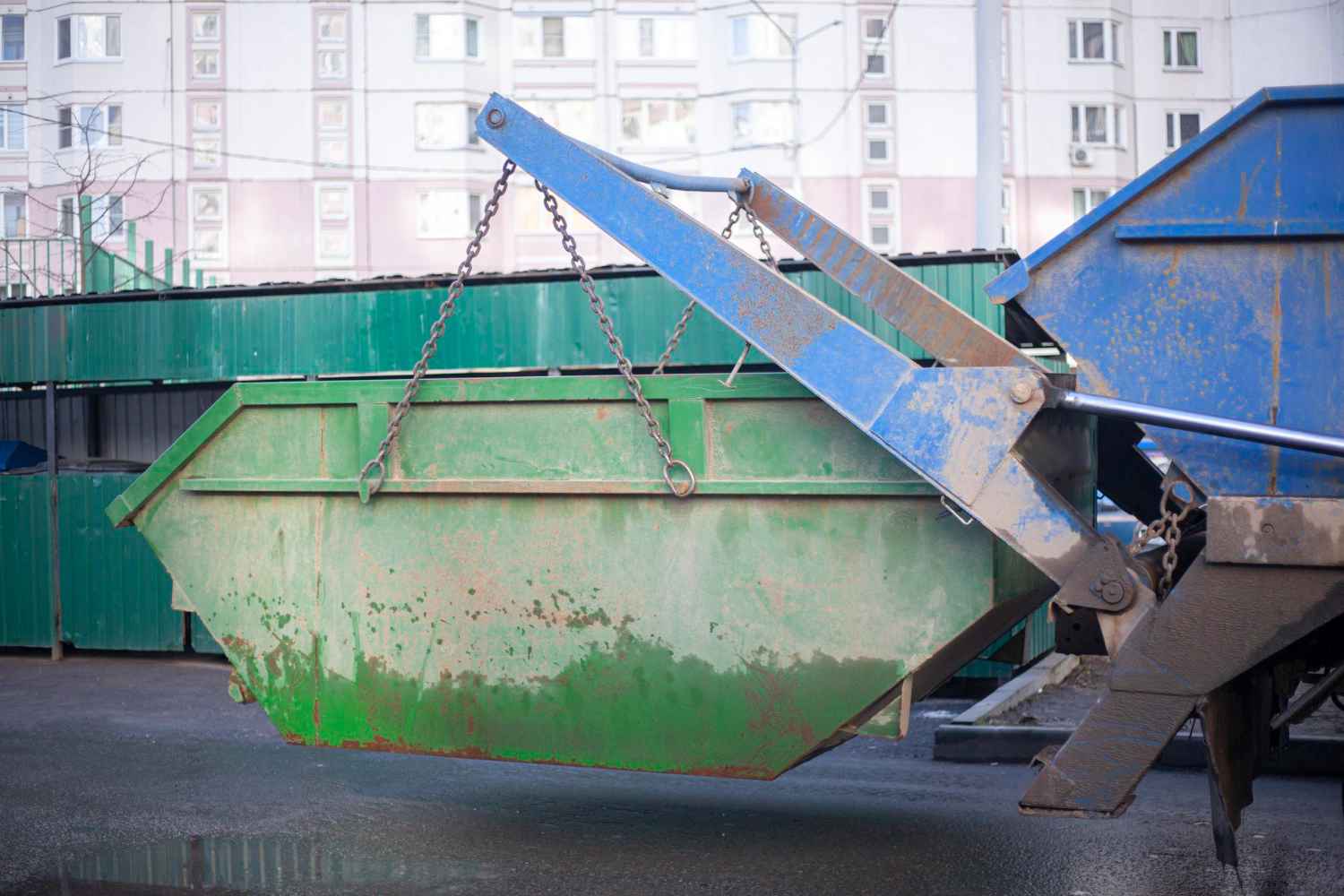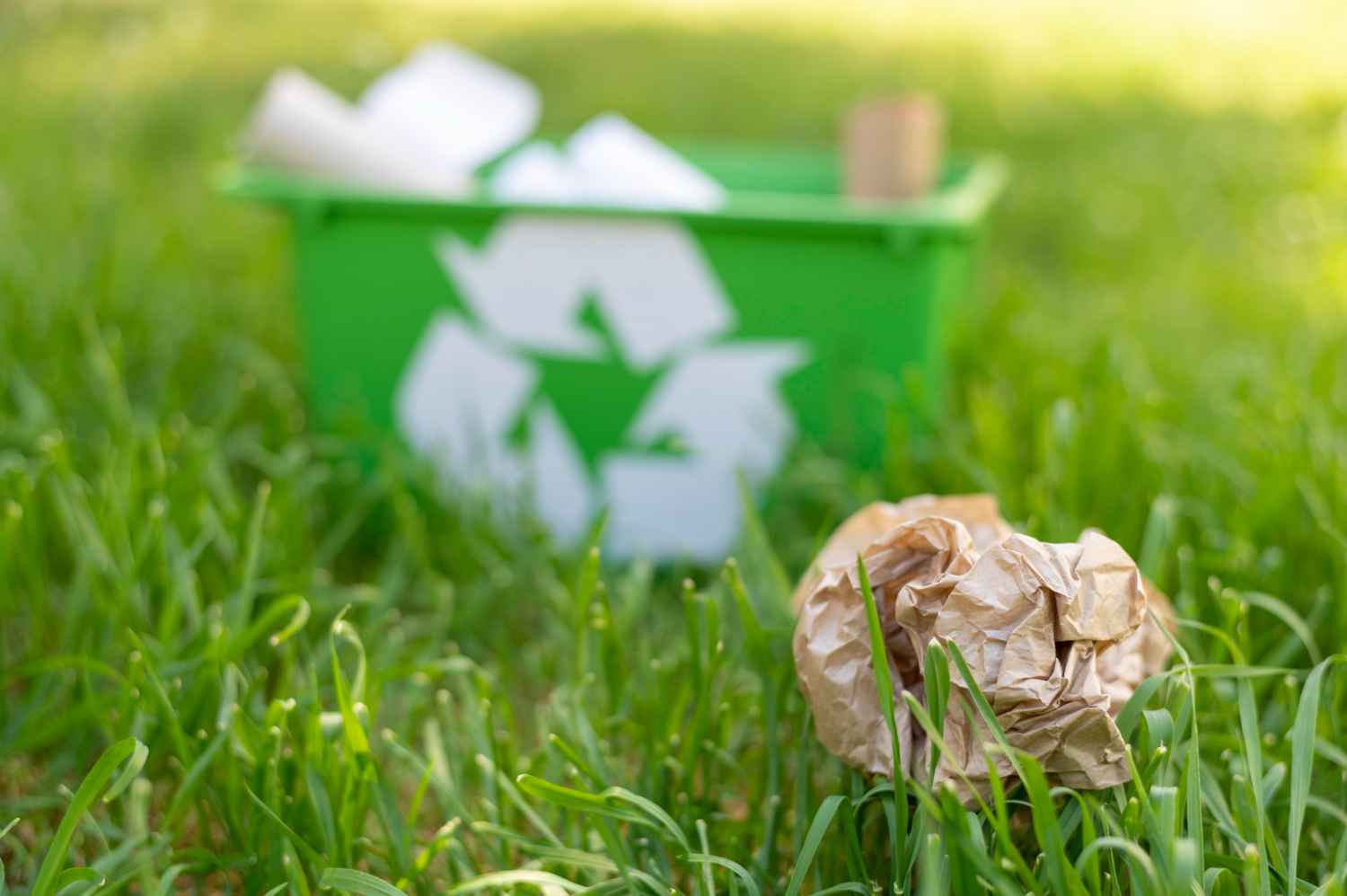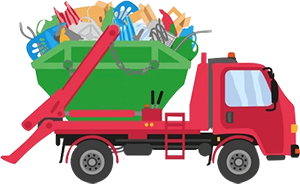Can I Dispose of Garden Waste in A General Skip?

As spring approaches, many homeowners focus on refreshing their gardens through trimming hedges, planting new flowers, or tackling larger landscaping projects. However, once the work is done, a new challenge often arises—disposing of all the garden waste. It can quickly become overwhelming, from piles of branches to bags of soil.
In this guide, we’ll walk you through everything you need to know about using a general waste skip for garden waste disposal, helping you save time, money, and stress.
Understanding Green Waste: What It Is and What It Includes
Green waste refers to any biodegradable material from gardens, parks, or homes. This type of waste is typically composed of plant matter, which can break down naturally over time. It includes everything from leftover kitchen scraps to garden refuse, like grass cuttings, twigs, and leaves.
Common examples of green waste you might encounter in your garden or household include:
- Leaves shed from plants or trees
- Clippings from grass or lawns
- Weeds pulled from flower beds or vegetable patches
- Branches and twigs from trees or shrubs
- Trimmings from bushes or hedges
- Various garden vegetation that’s been pruned or removed
Whether cleaning up your garden or sorting through household waste, green waste is essential to the disposal process. It requires proper management for both environmental and practical reasons.
Can You Dispose of Garden Waste in a Skip
Garden waste can typically be placed in a skip, making it an easy solution for clearing clippings, trimmings, and other plant material. Skip hire companies usually offer a range of sizes to suit different needs, from smaller to larger models, allowing you to choose the right capacity based on the amount of waste you generate.
Anyhow, consulting with your local council to ensure you’re adhering to the guidelines for proper disposal is recommended.
Choosing the Right Skip Size for Your Garden Clean-Up
When tackling a garden project, selecting the right skip size is essential to ensure enough space for all your waste. With various sizes available, it’s important to assess the scale of your garden work and choose a skip that suits the amount of debris you expect to generate.

Here’s a helpful breakdown of skip sizes to guide your decision:
3-Yard Skip – Perfect for small gardening tasks like trimming, weeding, and clearing up small amounts of plant material.
4-Yard Skip – A suitable choice for medium sized gardens that can accommodate green waste, dirt and furniture items.
7-Yard Skip – A great option for larger garden clean-ups, including disposing of plant pots, old furniture, or accumulated yard waste.
8-Yard Skip – These larger “builders” skips can handle bulkier or heavier waste such as soil, rubble, and tree branches. Keep in mind the weight limits to avoid overloading.
Carefully consider the scope of your project to avoid under or overestimating your needs. It’s always better to overestimate slightly than run out of space mid-clearance.
What Garden Waste You Shouldn’t Put in a Skip?
While skips are a convenient way to clear away garden debris, it’s important to know that not all items are suitable for disposal. Certain types of waste are strictly prohibited due to safety, environmental, or legal concerns. Here are some examples of what should never be placed in your skip:
Herbicides and Pesticides – These chemicals can harm wildlife and plant life if not disposed of properly. They must be handled carefully and taken to a specialised disposal facility to protect the environment.
Paints and Solvents – Many paints and solvents contain hazardous substances that can pose serious health risks, especially if they leach into the ground or water. They must be disposed of through regulated channels designed to manage such toxic materials safely.
Electrical Appliances – Anything with a plug or battery, such as garden tools or other electronic devices, must not be placed in a skip. These items are classified as e-waste and require proper recycling to prevent hazardous chemicals from contaminating the environment.

Essential Guidelines for Disposing of Green Waste in a Skip
When it comes to disposing of green waste in a skip, you need to follow certain rules and restrictions. Although these guidelines can sometimes be unclear, we’ve created a straightforward guide to help you navigate what you can and cannot throw into a skip. Here’s what you need to keep in mind:
No Non-Organic Materials – Only organic garden waste should go in your skip. That means no soil, bricks, stones, or rubble. Small amounts can be disposed of in your regular waste bin, but larger quantities must be taken to a designated facility.
Food Scraps Don’t Belong in the Skip – While food waste is biodegradable, it should not go into the garden waste skip. You can dispose of it in your home’s green waste bin or general trash, but skips are meant solely for garden-related debris.
No Bags, Please! – It’s important that you don’t bag your green waste before placing it in the skip. Avoiding bags makes it easier to separate and recycle the materials effectively, reducing unnecessary landfill contributions.
Overfilling is a No-Go – Be mindful not to overfill your skip. If branches or other items are sticking out of the top, safely covering the skip will be difficult. In this case, you may be asked to remove the excess waste or arrange a second skip to accommodate the overflow.
By adhering to these simple rules, you ensure that your green waste is properly managed, helping the environment and your skip-hire provider maintain a smooth and efficient disposal process.


